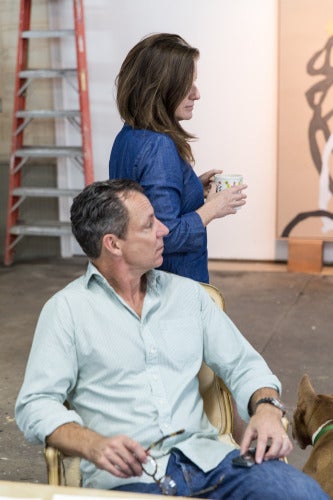
Carolyn Carr is a busy woman. In addition to having work currently on view in two exhibitions right now—the group show “Hearsay” at the Zuckerman Museum of Art, through October 25, and a solo project “Vestibule” at Jackson Fine Art, through November 29—she also serves on the board of the Fulton County Arts Council and, in her spare time, co-curates shows with her husband and fellow artist Michael Gibson at their Garage Projects space and hosts dinners prepared by notable chefs, including one that was a tribute to Alice Waters. She and Gibson own and reside in the building in Castleberry Hill in which her studio is housed [as is the BURNAWAY office].
Carr produces iconic photographs, paintings, and pottery. Her photographic manipulations elegantly push the boundaries of the medium. Of late, she has been creating meditative environments that connect these photographs with her sculptural work, examining the concept of the vessel as more than an object.
I got to catch up with Carr over lunch at Anis Bistro in Buckhead. We discussed her travels, her past experience of being a struggling artist, the magic of made-up worlds, radical self-care for women, and the importance to her of writers Virginia Woolf and Flannery O’Connor.
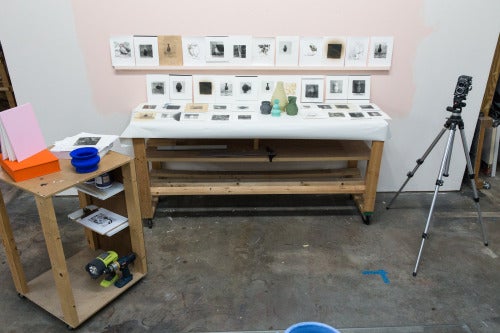
Sherri Caudell: When did you and your husband buy your building? What first attracted you to the space?
Carolyn Carr: We purchased it in 1996. We were young broke artists and newly married. I had a modern loft on the Westside that Arturo Giancarlo Pirrone designed for me on a dime and a trade for a large painting. Michael G and a couple of his boys shared a big building near the Mattress Factory. We could not afford two rents, two sets of bills, and make it as artists. My grandmother suggested we look around for an inexpensive building. My old friends, brothers Wynn and Ty Pennington, had a building on Peters Street they were trying to sell. About a year before, Michael had seen it—thousands of square feet covered in hay, stacked pianos, blankets, more hay, and birds’ nests. He called it the Beuys building. About the same time, and before I knew Michael, I had seen it and called it the Ann Hamilton building! Castleberry Hill was originally called Snake Nation—we still call it that. The sidewalks were dirt. Our backyard had prostitutes tricking in old cars. For the first year, we had no air conditioning so the back doors stayed open—you could hear the birds, trains, and Friendship Baptist church bells ringing.
The building is also home to our space Garage Projects, where we’ve shown works by artists like William Downs, John Otte, Lloyd Benjamin, Anita Arliss, Patrick Brennan, Anya Liftig, Karen Tauches, and Shana Robbins. For us, and virtually everyone who’s been in the building, it’s always been about having a great place to focus on work. We also hoped that having people practicing different disciplines would lead to interesting cross-influences and collaborations. That has happened. It’s also created some great relationships that might not have happened otherwise.
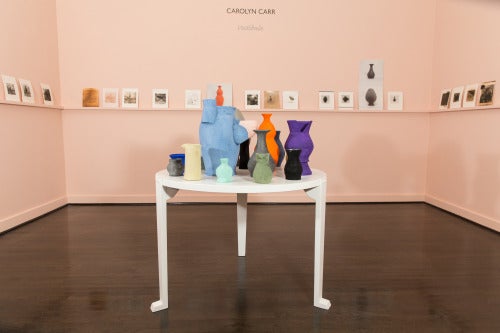
SC: What does your studio practice involve?
CC: Everything informs the work, everything matters. My paintings, photographs, films, and sculptures are the relics of hours lived. I make to-do lists as drawings. The process of making takes time, and I am in no particular hurry. I enjoy making things. I spend over 60 hours a week in the studio. I am careful to avoid distractions. There is not a hurried finish line—only a temporary conclusion.
SC: What is it like to have a partner that is also so creatively driven? Do you guys discuss what you’re working on with each other?
CC: Michael and I married on a small island in 1996 among immediate family and a few friends. We have grown up together—there is nothing we will not discuss, or laugh about.
SC: Tell me a little about your history with photography.
CC: I majored in photography at the Atlanta College of Art. I had a darkroom in my home studio for 12 years. Now I use the darkroom at Callanwolde Fine Arts Center. I have always taken pictures to use as references for my works. Now I’m giving people an intimate view of what is happening behind my paintings.
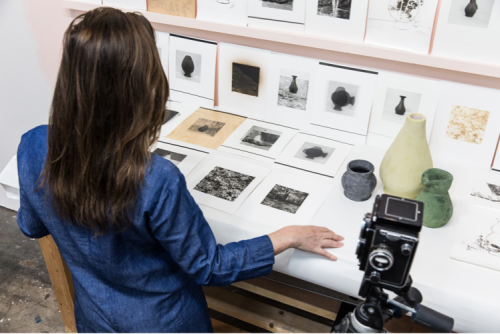
SC: Do you use dodging and burning tools to create your photographs?
CC: No, only the manipulation of silver gelatin chemistry is used to create the color shifts. I draw with chemistry. I am a straight printer—meaning the negatives are printed as they are.
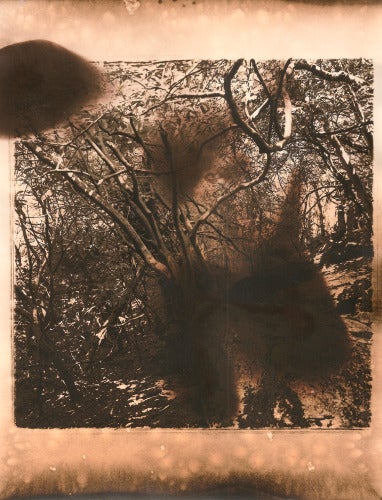
SC: How does your sculptural work relate to your paintings and photographs?
CC: The outer lines and silhouettes of the vessels are very similar to the curvilinear lines that carve out the negative space in my paintings. The vessels, not unlike my paintings, are surrogates for content.
SC: Tell me a little bit about the Vestibule exhibition at Jackson Fine Art.
CC: I placed photographs that have been printed and altered through traditional and unconventional methods in a context with sculptural objects. Vestibule is the second in my series of installations that address and embody interior spaces as a still life. I view these room-sized installations as fictitious interiors of quiet contemplation.
The installation was carefully orchestrated yet appears relaxed. Anna [Walker Skillman, the owner of Jackson Fine Art], Mark [Giorgione, gallery director], and I met many times before the exhibition. I designed the table for the vessels; it was built locally by the Jack Ellis Co., and Michael finished it beautifully.
SC: How did your pilgrimage in 2012 to Flannery O’Connor’s family farm, Andalusia, play a role in Vestibule?
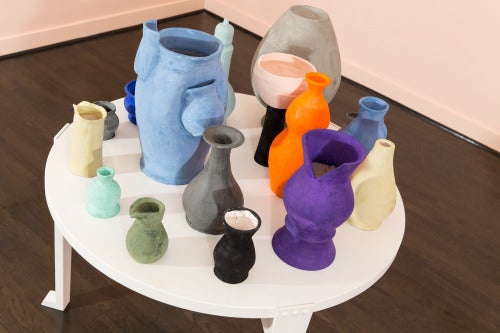
CC: I wanted to observe and photograph the place where O’Connor had created rooms for her characters. I was also inspired by a shuttered asylum in nearby Milledgeville that housed women who simply questioned or lived beyond the societal norms of the time. Coincidentally, the clay I used to create my initial series of hand-built vessels was sourced from Lizella, Georgia (also near Andalusia). I photographed that landscape, focusing on peripheral angles, rather than typical points of view. I then arranged and photographed the finished sculptures in my studio. Some images are straight prints; some were printed as archival inkjet negatives that I took into the darkroom and double exposed with the actual negatives. Other photographic prints were over-painted with drawings of the vessels.
Another critical facet of my current work process involves two summer residencies in the North Carolina mountains. In Appalachia, I learned pottery techniques on a wheel. Learning traditional craft techniques made me think about my own cultural identity as an artist raised in the South.
SC: Do you consider yourself a feminist?
CC: I’m unclear of the exact definition of feminism today. That said, as a woman living in 2014, I do believe in radical self-care.
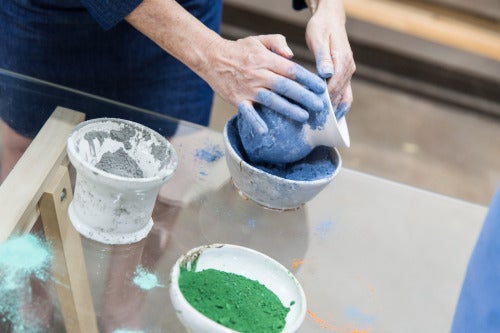
SC: You travel frequently. How have these trips inspired you?
CC: While Michael was installing his sound work You Will Never Walk Alone in the 2009 Athens Biennale, I filled my time touring the ancient city. At first, I explored Athens on my own, but then I hired a historian for a few days and once tagged along behind a tour group (it’s always interesting to eavesdrop). These daily walks through ancient and modern-day Athens were surreal. At night, we would meet up with the other artists and curators. A few weeks later, we attended Elizabeth Peyton and Matthew Barney’s performance collaboration Blood of Two on the island of Hydra. Their work took place over the weekend and concluded with an installation in Dakis Joannou’s space Slaughterhouse. It was a magical time.
Once, I saw Patti Smith perform in a tiny chapel on the Rhine, in Basel, Switzerland, with her son. Her Polaroids are as remarkable as her music. A few years before Michael and I were married, I lived in the mountains of Jamaica—painting, writing, making films, and taking pictures. In recent years, I’ve returned to the mountains of North Carolina, where I also spent summers as a young girl.
SC: You also have an installation titled Still Life up at the Zuckerman Museum of Art. How does it relate to Vestibule?
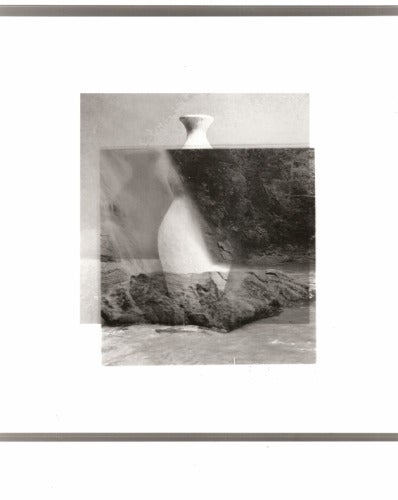
unique silver gelatin print, 10 by 8 inches.
CC: The work in Still Life offers another interior perspective. In this case, the viewers are invited to participate in the authorship of description. The curator, Teresa Bramlette Reeves, was a constant contact for the Still Life exhibition. She was lovely and faithfully executed my vision. That installation has led to a series of interior rooms for a fictitious house that I’m now creating. It was also after rereading Virginia Woolf’s A Room of One’s Own that I began to think about creating rooms for characters. The house will be filled with handmade objects—in the form of an experiential still life.
SC: How does it feel to have a body of work that you spent the past two years on out in the world?
CC: It’s hard to believe that it’s been over two years. This has been a radically focused time; I’ve never experienced time in this way before. Perhaps it is prolonged labor that slows time down. I’m excited that Still Life and Vestibule can be experienced simultaneously. Both shows have been a physical and mental accomplishment. There is much that has been and continues to be overcome.
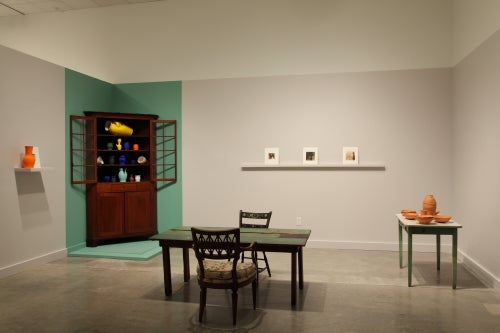
SC: What’s next? Are you taking an art break after these two shows? Do you need time to recharge or are the wheels already turning about the next body of work?
CC: I’ll be having an exhibition of new paintings and work on paper at the Big Pond gallery in Munich, Germany, opening in March. I rested in the days before and after the opening at Jackson Fine Art. I’m working on drawings, readings, and writings for a hallway. I intend for these interiors and the objects that fill them to be intimate, but not personally about me, the maker. They are about whatever the viewer wants them to be. As Eudora Welty wrote: “There must surely be as many ways of seeing a place as there are pairs of eyes to see it.”
Sherri Caudell is a poet and writer from Atlanta.
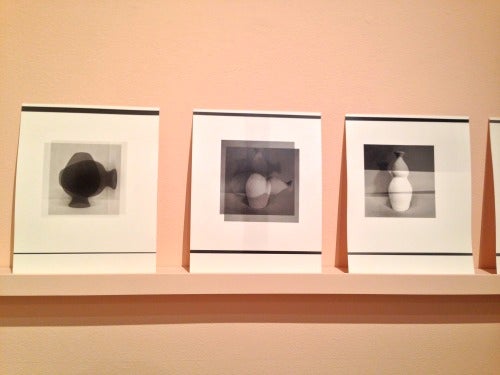
(Photo: Sherri Caudell)





